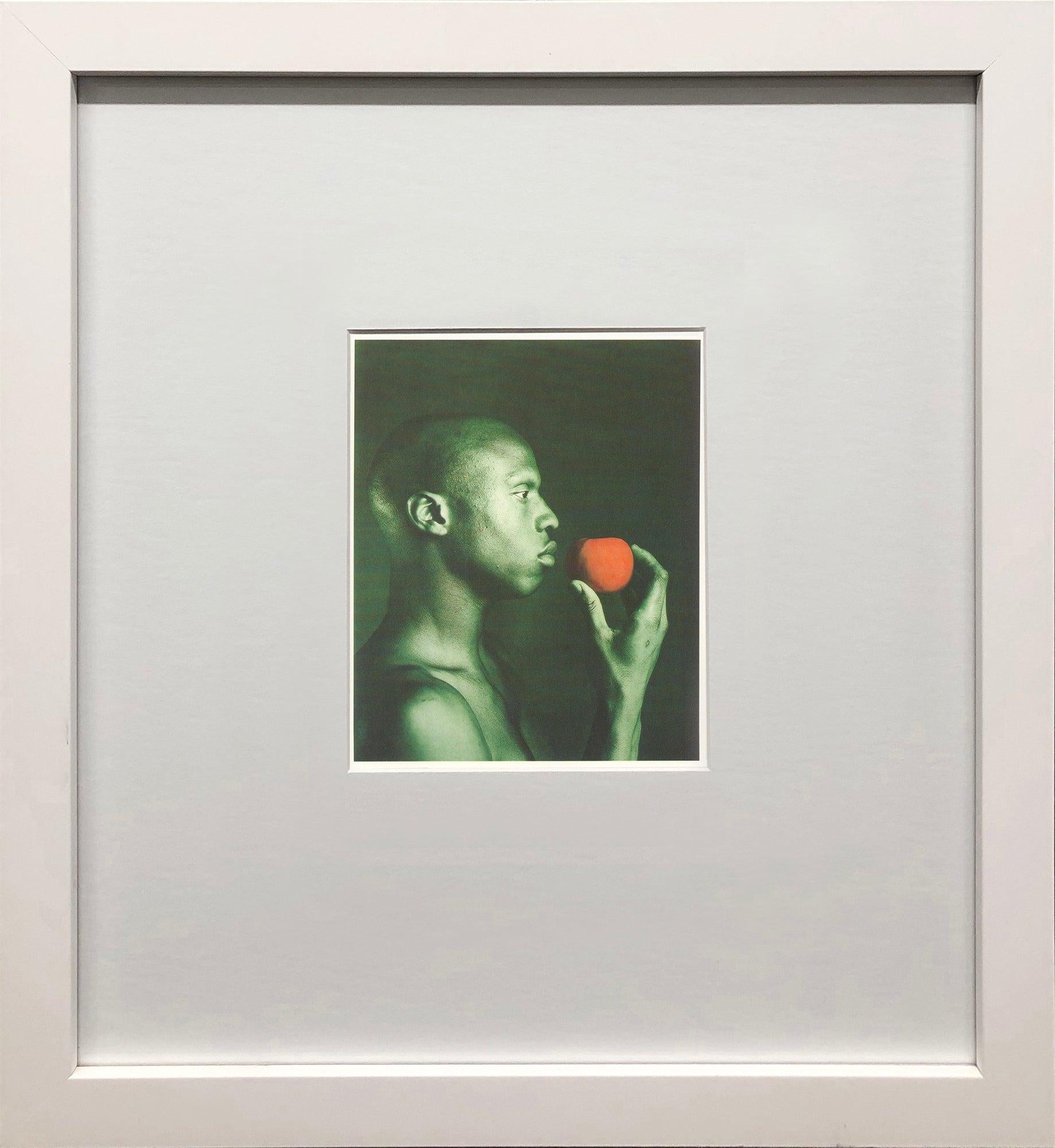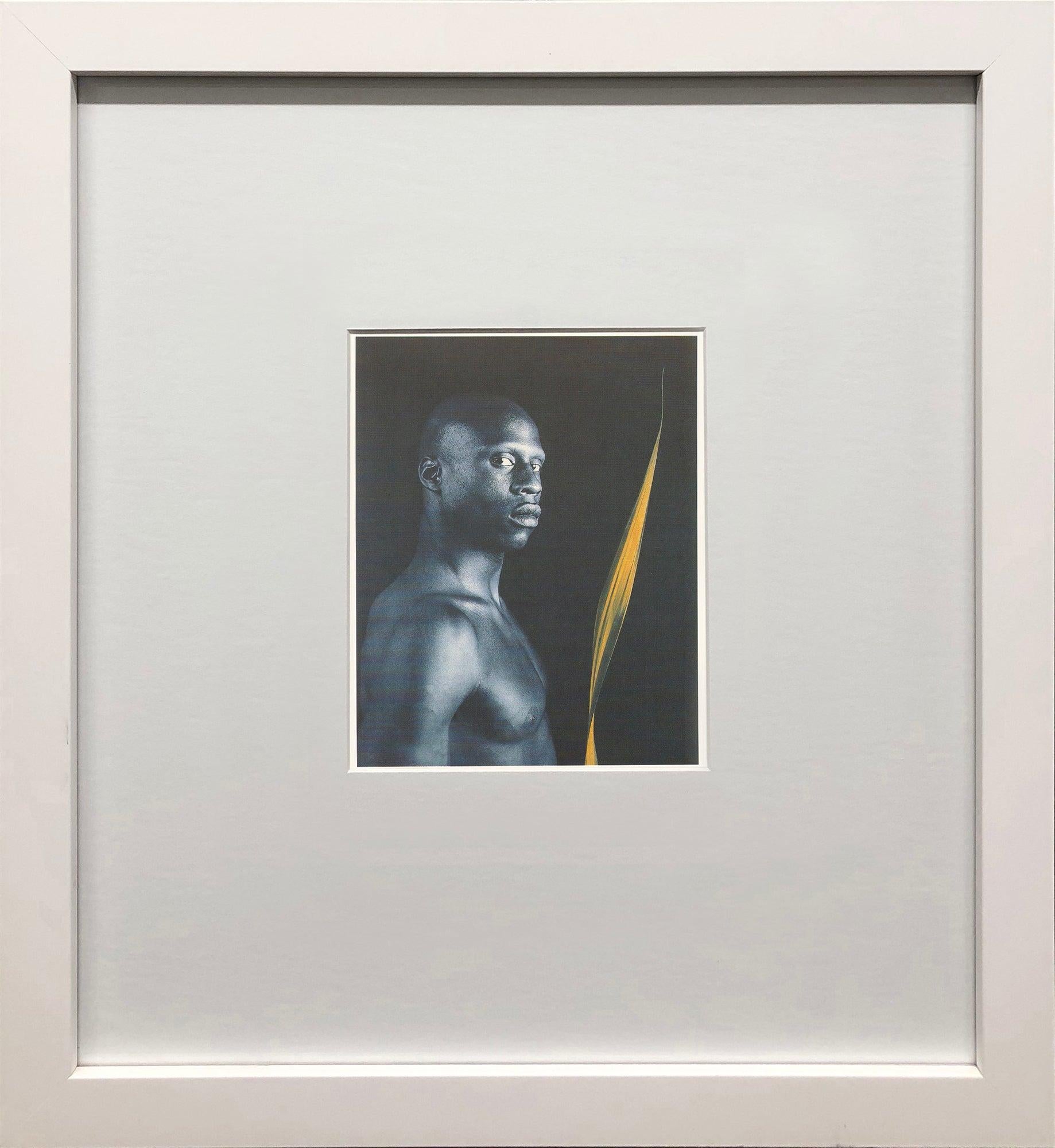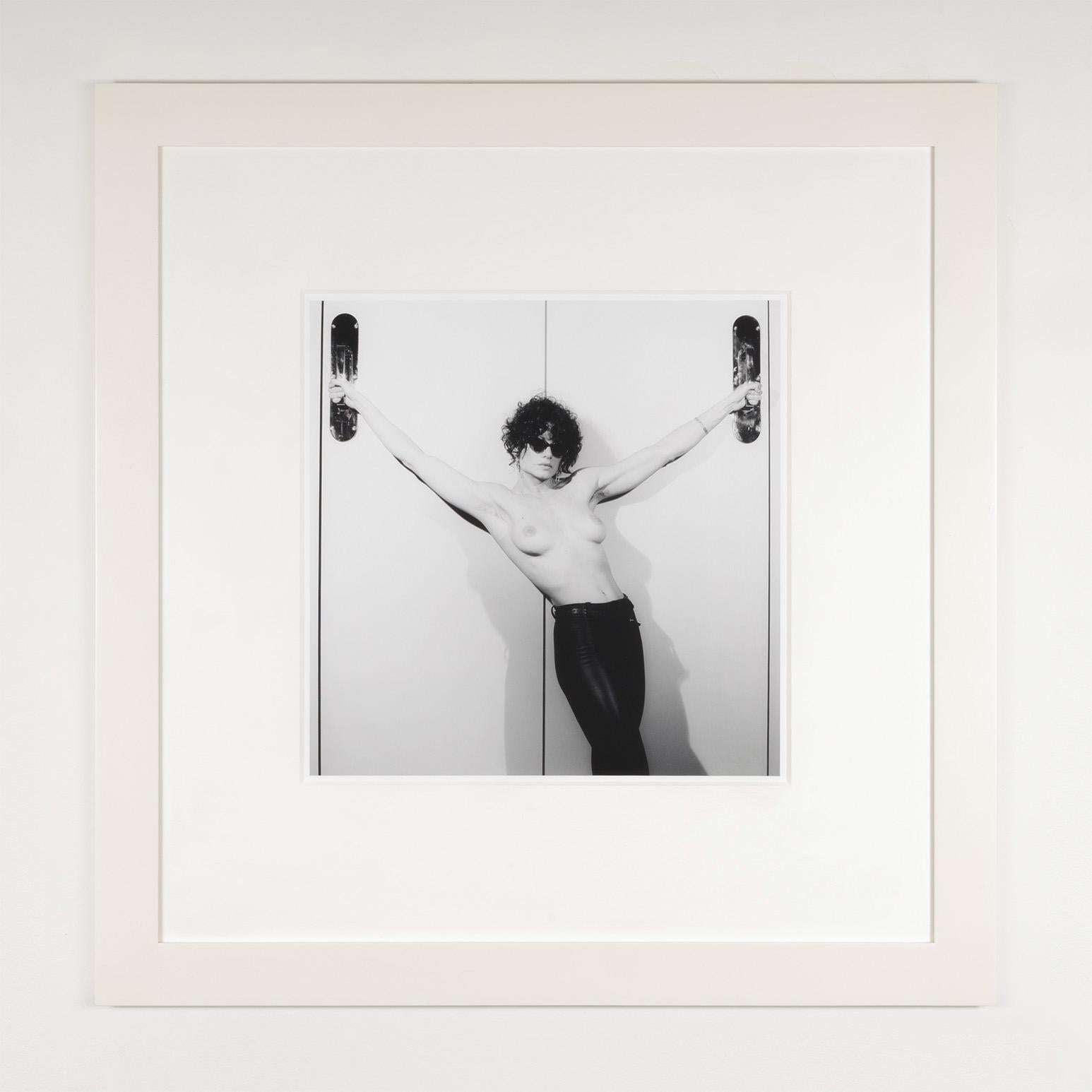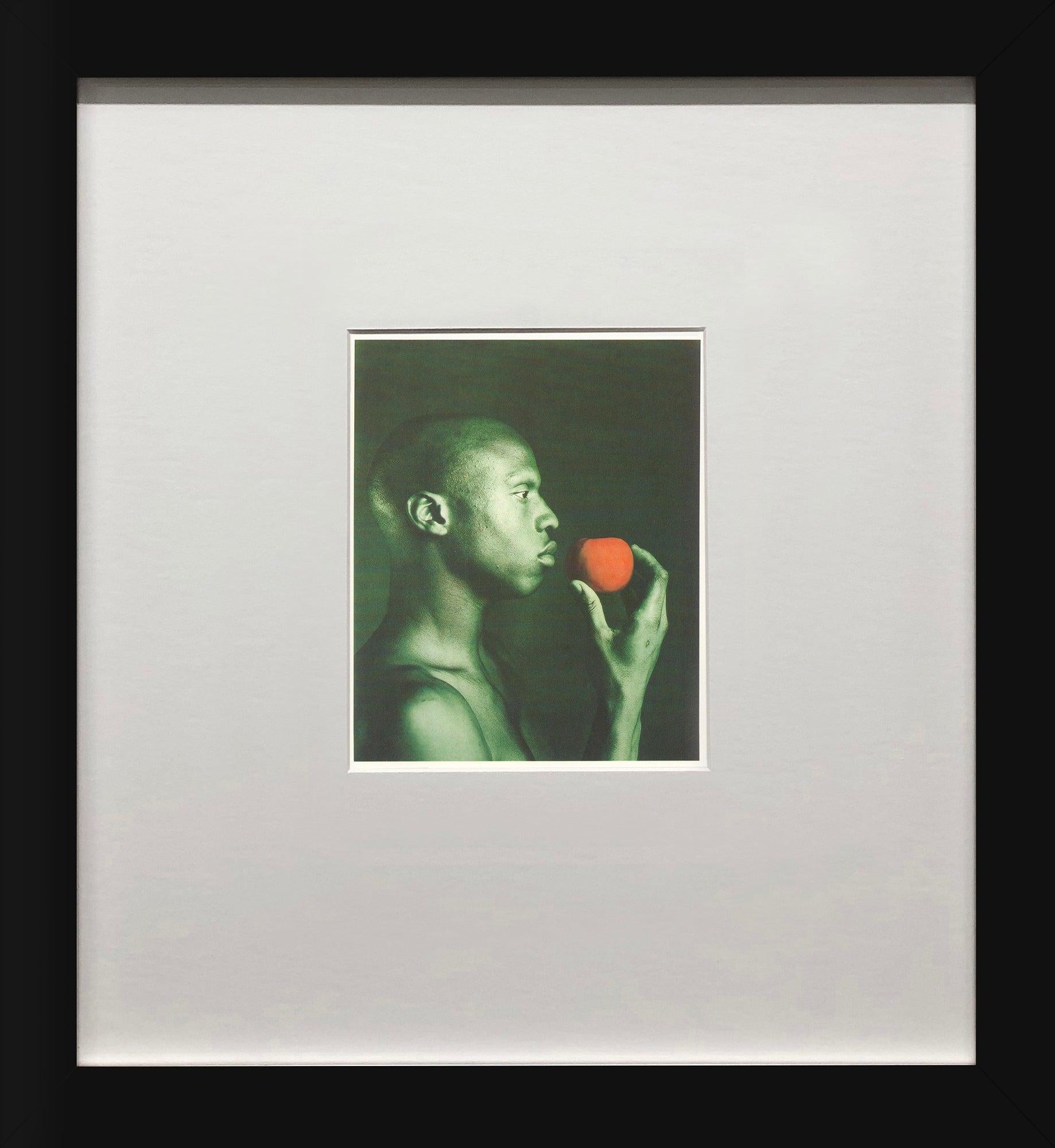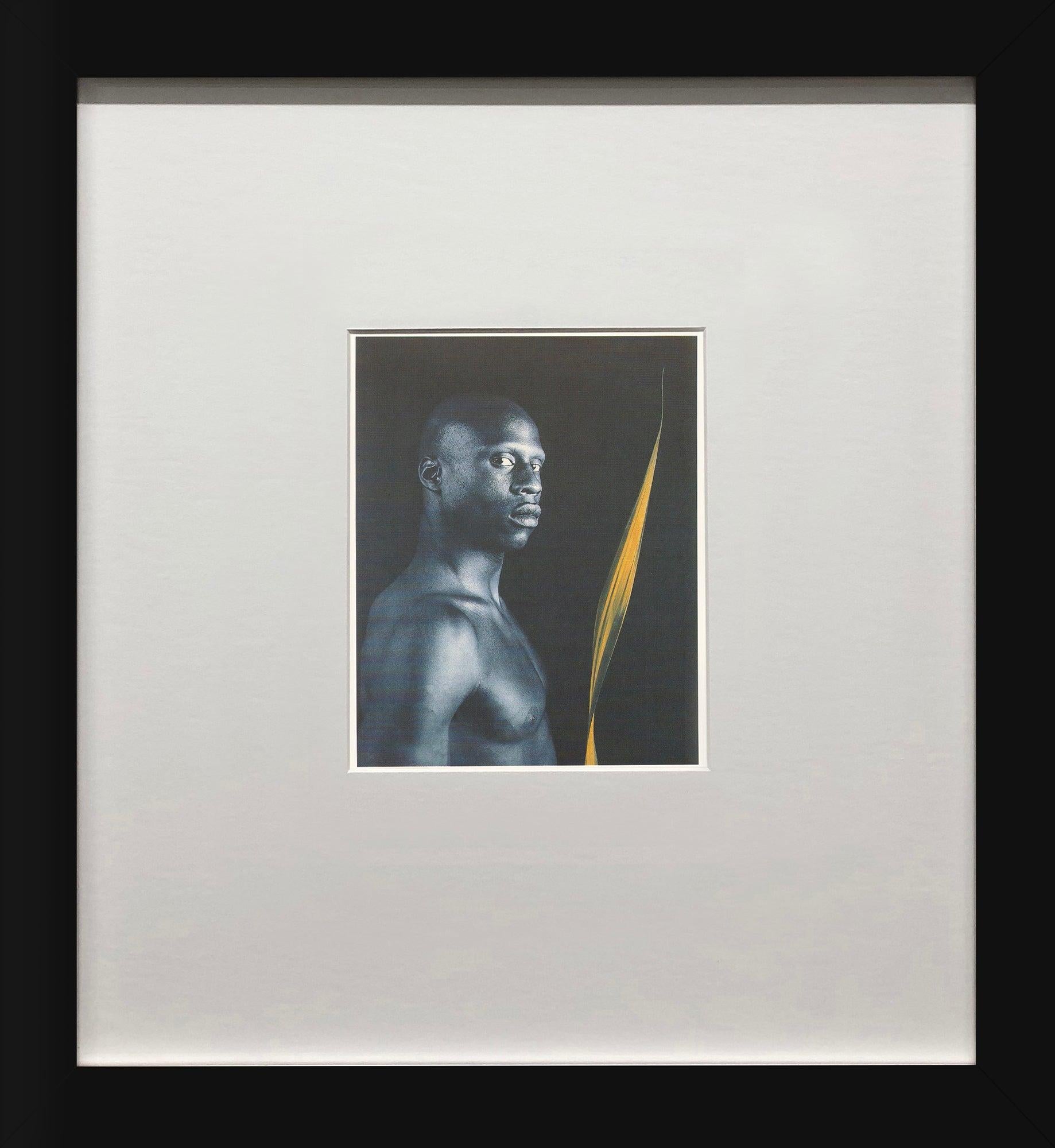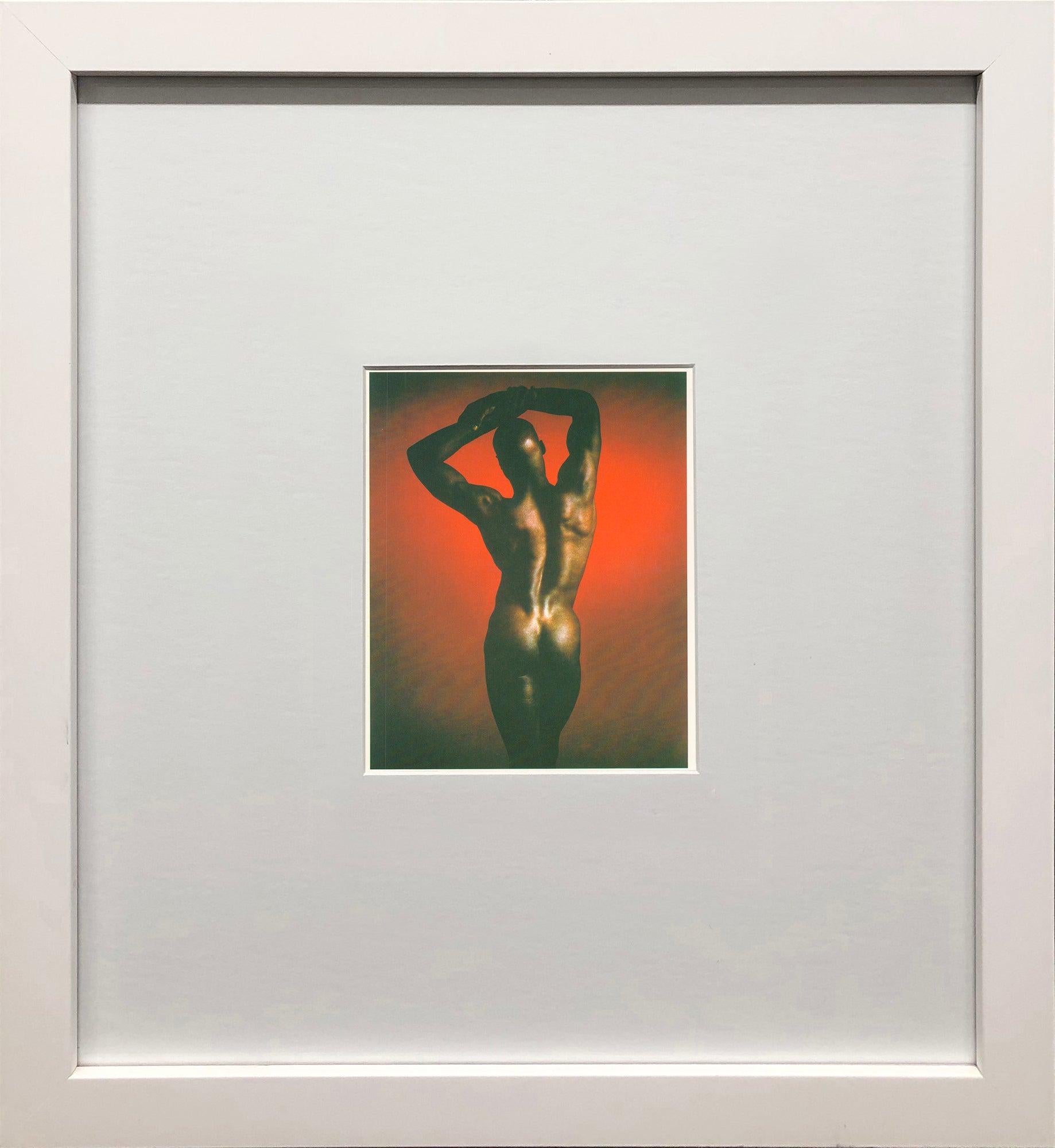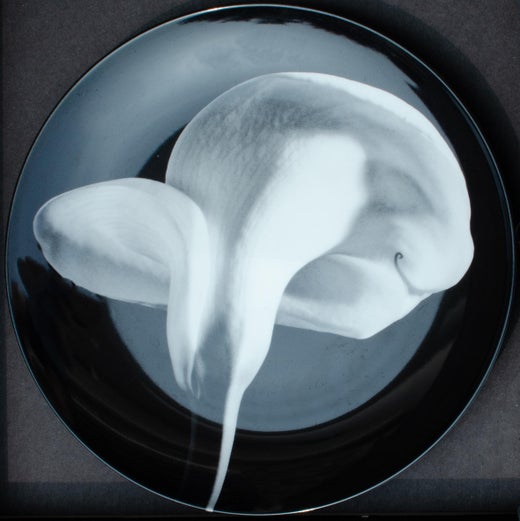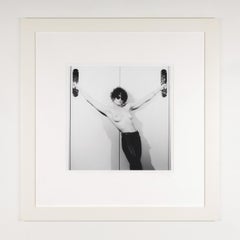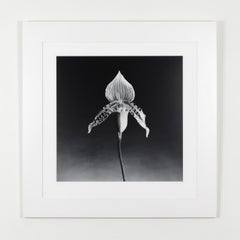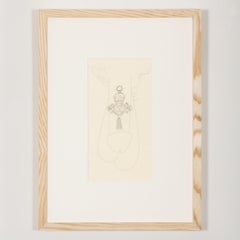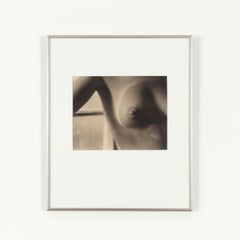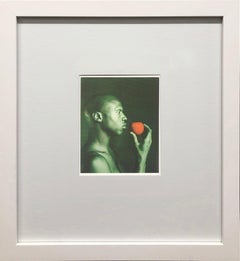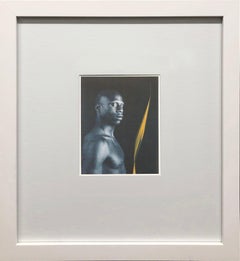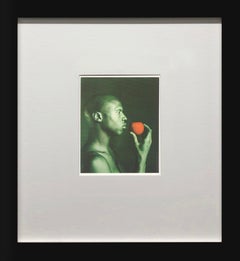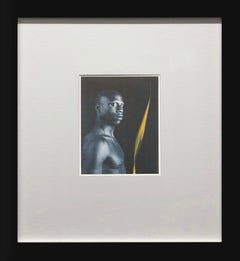Robert MapplethorpeUntitled1968
1968
About the Item
- Creator:Robert Mapplethorpe (1946 - 1989, American)
- Creation Year:1968
- Dimensions:Height: 19.75 in (50.17 cm)Width: 15.5 in (39.37 cm)
- Medium:
- Movement & Style:
- Period:
- Condition:Overall good condition. A full report is available on request.
- Gallery Location:Toronto, CA
- Reference Number:Seller: 05-251stDibs: LU215216298762
Robert Mapplethorpe
Robert Mapplethorpe was born on November 4, 1946, in Floral Park, New York. He left home in 1962 and enrolled at Pratt Institute, Brooklyn, in 1963, where he studied painting and sculpture and received his BFA in 1970. During this time, he met artist, poet, and musician Patti Smith. She encouraged his work and posed for numerous portraits when they lived together in Brooklyn and in the Chelsea Hotel in Manhattan, a gathering place for artists, writers, and musicians in the early 1970s.
It was not Mapplethorpe’s original intention to be a photographer, and from 1970 to 1974, he mainly made assemblage constructions that incorporate images of men from pornographic magazines with found objects and painting. In order to create his own images for these collages, Mapplethorpe turned to photography, initially using a Polaroid SX-70 camera. Interested in portraiture, Mapplethorpe worked as a staff photographer for Andy Warhol’s Interview magazine. He also produced album covers for Smith and the group Television, and at the same time photographed socialites and celebrities such as John Paul Getty III and Carolina Herrera.
Mapplethorpe had his first substantial shows in 1977, both in New York: an exhibition of photographs of flowers at the Holly Solomon Gallery and one of male nudes and sadomasochistic imagery at the Kitchen. Mapplethorpe’s diverse work — homoerotic images, floral still lifes, pictures of children, commissioned portraits, mixed-media sculpture — is united by the constancy of his approach and technique. The surfaces of his prints offer a seemingly endless gradation of blacks and whites, shadow and light, and regardless of subject, his images are both elegant and provocative. In the mid-to-late 1980s, returning to the sculptural use of photography seen in his early assemblages, Mapplethorpe created sensual diptychs and triptychs of photographs printed on fabric and luxurious cloth panels.
In 1988, four major exhibitions of Mapplethorpe’s work were organized: by the Stedelijk Museum, Amsterdam; the Whitney Museum of American Art, New York; the Institute of Contemporary Art, University of Pennsylvania, Philadelphia; and the National Portrait Gallery, London. Mapplethorpe died due to complications from AIDS on March 9, 1989, in Boston.
Find original Robert Mapplethorpe photography on 1stDibs.
(Biography provided by Cerbera Gallery)
- ShippingRetrieving quote...Shipping from: Toronto, Canada
- Return Policy
More From This Seller
View All1980s Contemporary Black and White Photography
Silver Gelatin
1980s Post-Modern Black and White Photography
Paper, Silver Gelatin
1950s Pop Art Drawings and Watercolor Paintings
Graphite
1920s American Modern Nude Photography
Silver Gelatin
1980s Constructivist More Prints
Monoprint
1970s Photorealist Figurative Drawings and Watercolors
Pencil
You May Also Like
1990s Prints and Multiples
Offset
1990s Prints and Multiples
Offset
1990s Prints and Multiples
Offset
1990s Prints and Multiples
Offset
1990s Prints and Multiples
Offset
1990s Contemporary Prints and Multiples
Offset
